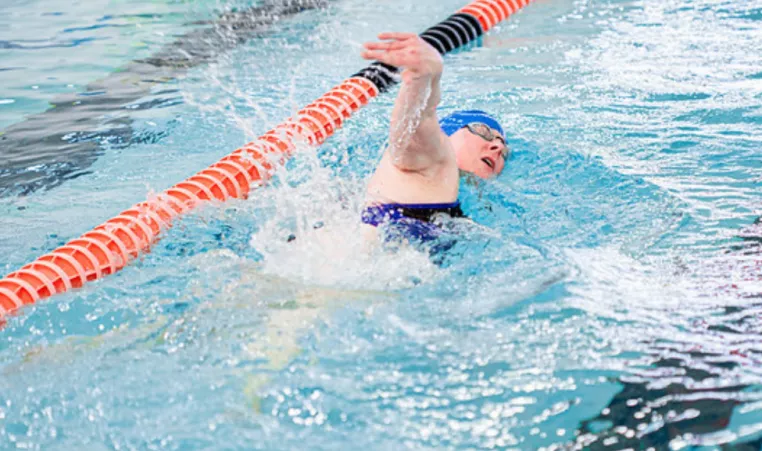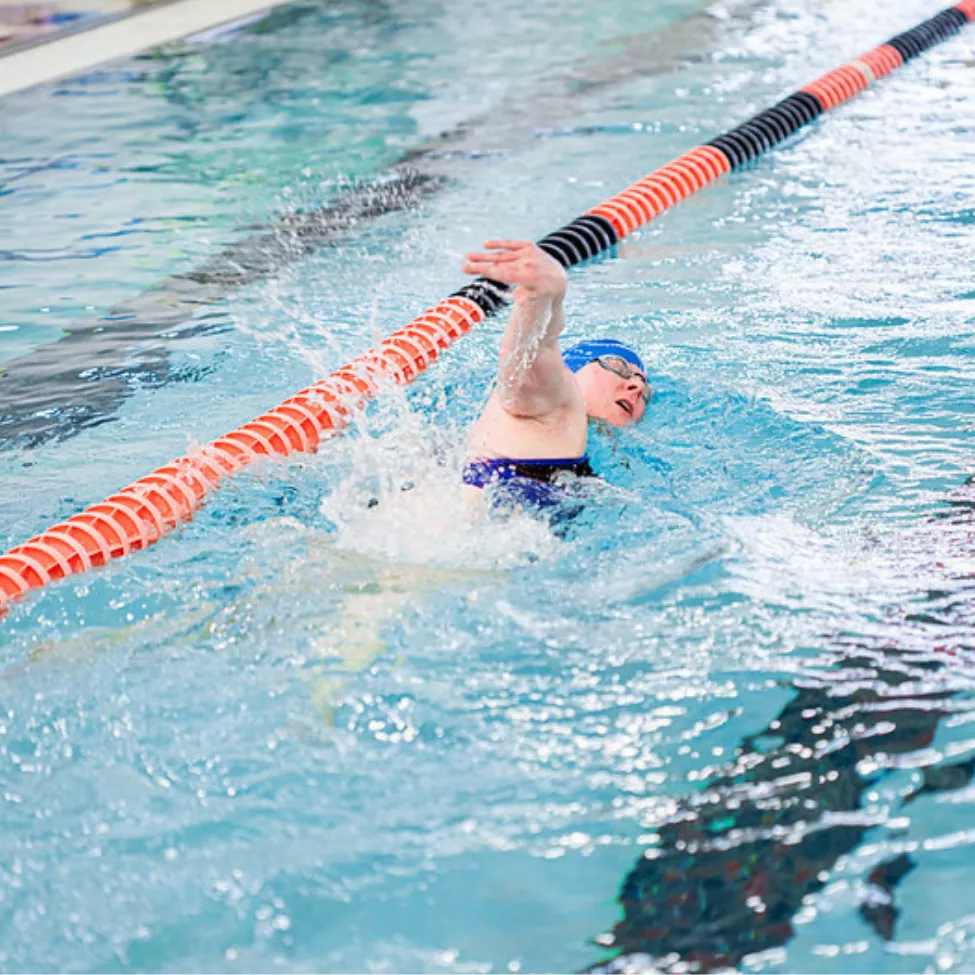
Swimming is a fun activity many families enjoy, but did you know it can be beneficial in many ways? As an exercise, swimming can strengthen the arms, legs, core, and back muscles. Not surprisingly, some fitness enthusiasts regard swimming as an exercise to boost strength and flexibility.
The YMCA of Central Kentucky highlights the exact muscles you can build from this popular fun activity. We provide swimming classes to kids, adults, and seniors looking to reap the health benefits of swimming.
Freestyle and Backstroke
Freestyle and backstroke swimming techniques are characterized by continuous arm movements and kicking your legs.
The specific muscle groups you build when doing backstrokes and freestyle swimming include:
● Core muscles. The rhythmic kicking of the legs and arm movements engage the abdominal, oblique, and lower back muscles. With consistent workouts, you develop a stronger and more stable core.
● Hip flexors. The powerful leg movements involved in backstrokes and freestyle activate the hip flexors. Repeated movements enhance the muscles' flexibility and strength.
● Arm muscles. Besides core muscles and hip flexors, freestyle and backstroke techniques help strengthen your arm muscles. The repetitive arm movements help tone your biceps and triceps.
● Trunk muscles. Alternating flutter kicking and arm strokes helps build various trunk muscles. These include the serratus anterior, rhomboids, erector spine, trapezius, and pectoralis major.
● Leg muscles. With repetitive leg kicks in backstroke and freestyle, you get to build all the leg muscles. These include the quadriceps, hamstrings, glutes, and calf muscles.
Butterfly Stroke
The butterfly stroke engages your shoulders, arms, legs, and core. By activating all the mentioned body parts, the butterfly stroke swimming technique can help strengthen the following muscles:
● Glutes. Continuous kicking, like that of the butterfly kick, will help strengthen your glutes over time, improving your functional strength.
● Quads, hamstring, and calves. The butterfly stroke's dolphin kick doesn't just tone the glutes; the whipping leg motion also engages and strengthens the hamstrings, quadriceps, and calves.
● Shoulder, upper back, and arm muscles. The butterfly stroke's circular arm movements engage the shoulder and upper back muscles. This stroke effectively strengthens the arm, upper back, and shoulder muscles.
● Rotator cuff and deltoid muscles. Besides building your arm muscles, moving your arms in a circular motion helps build the deltoid. Moreover, the circular arm action can strengthen the rotator cuff muscles.
Breaststroke
The breaststroke works out your muscles just the way other swimming techniques do. However, this swim technique tends to engage muscles on the frontal plane of movement more than any other technique.
The exact muscles you build when doing breaststrokes include:
● The pectoralis major and minor. You engage the pectoral muscles as you extend your arms forward and sweep them outward. Repetitive movements help strengthen these muscles to unsurpassed levels.
● Quads, glutes, and hip rotators. The propulsion in breaststroke comes from the powerful leg kicks.
● Latissimus dorsi muscles. The breaststroke entails pushing and pulling your arms through the water in a circular motion.Through these movements, you work out the latissimus dorsi muscles.
See How You Can Improve Your Health With the YMCA of Central Kentucky Today!
Although swimming is a great workout, you must do the various swimming techniques right to reap the health benefits. This is where the YMCA of Central Kentucky's swimming classes come into play.
Our skilled instructors will teach you how to swim safely and execute various techniques with precision. We have tailored our classes to match the needs of every age group so that everyone finds a class they fit in.
